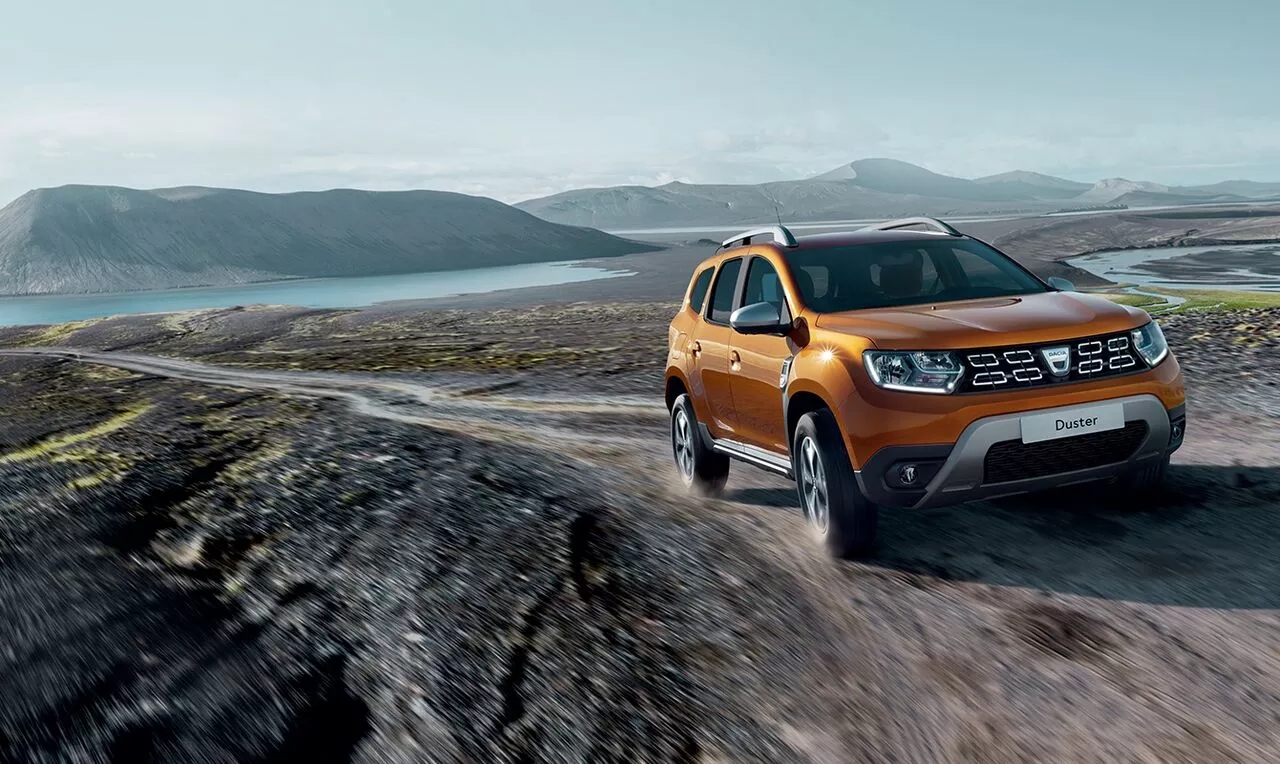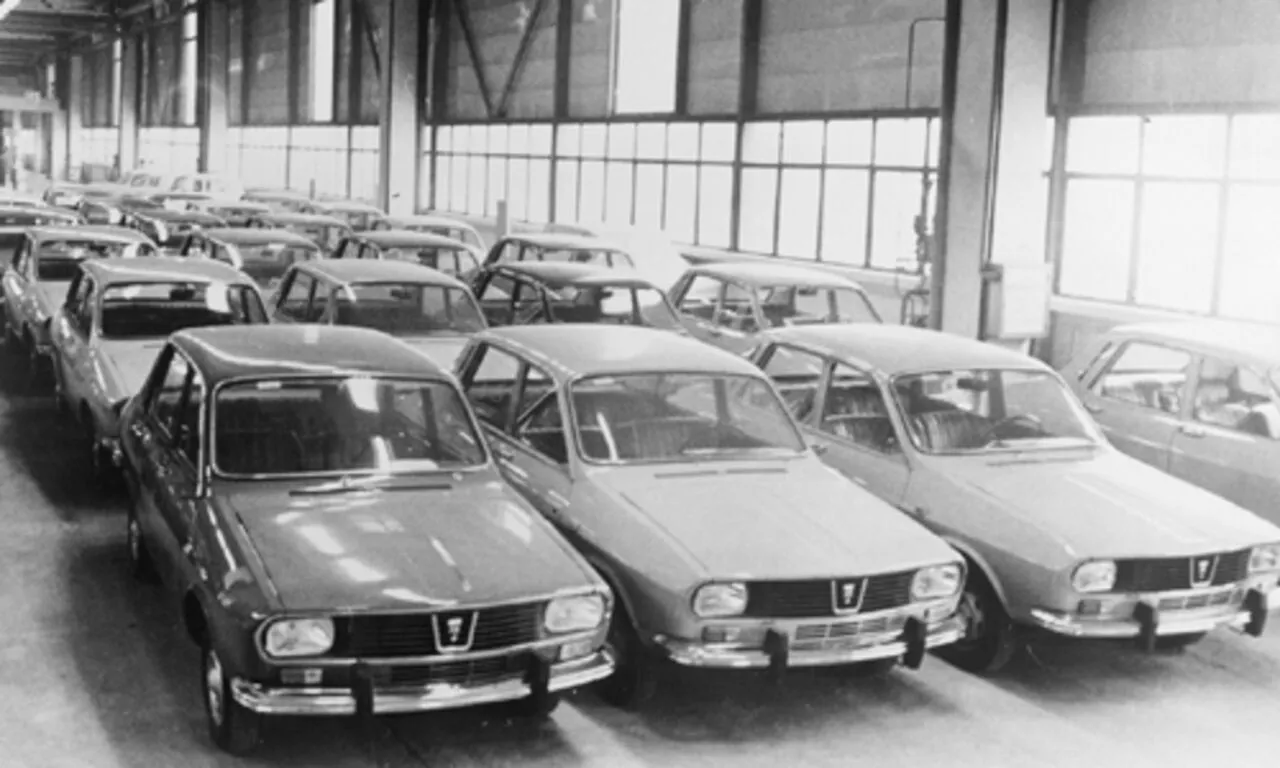
1960s
Birth of the Dacia brand
The Dacia brand name comes from the eponymous land of our Romanian ancestors. In 1966 a licensing agreement was signed with Renault. Dacia’s mission was to make modern, robust family cars available to everyone in Romania. The main Dacia factory, Pitesti, was built in 1968, and started with the production of the Dacia 1100 model (based on the Renault 8).
Assembly of the Dacia 1300 (Romanian Renault 12) began in 1969, having been exhibited at the Paris and Bucharest motor shows in the same year. It spanned five decades until the last 1300 rolled off the production line in July 2004. Over the years it was re-styled seven times and manufactured in numerous van versions. In all, nearly two million Dacia 1300s were built at the Pitesti factory.
1999
Dacia becomes a Renault Groupe brand
At the time, Renault took a 51% stake in Dacia, though this would later rise to 99.3% over the period 1999 to 2003. The new brand would open up an entirely new category, addressing emerging markets, with its specifications summed up in three words: modern, reliable and affordable.
Ahead of the launch of the first key model (Logan) for the new era of Dacia, nearly €500m was spent modernising the Pitesti factory to the highest international standards. The launch of Dacia’s Solenza in 2003 provided an ideal opportunity for testing out all the new machinery, enabling engineers to fine-tune the manufacturing process ready for production release, sales release and the export of Logan.
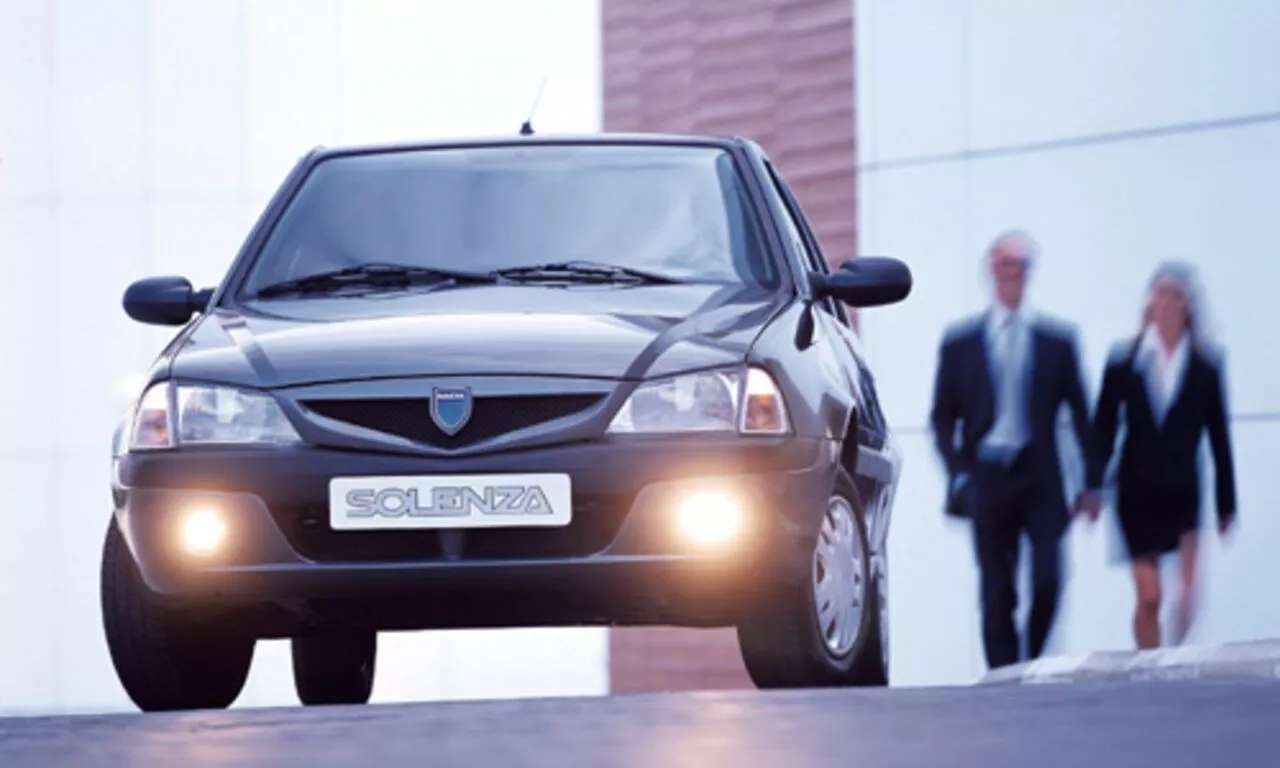
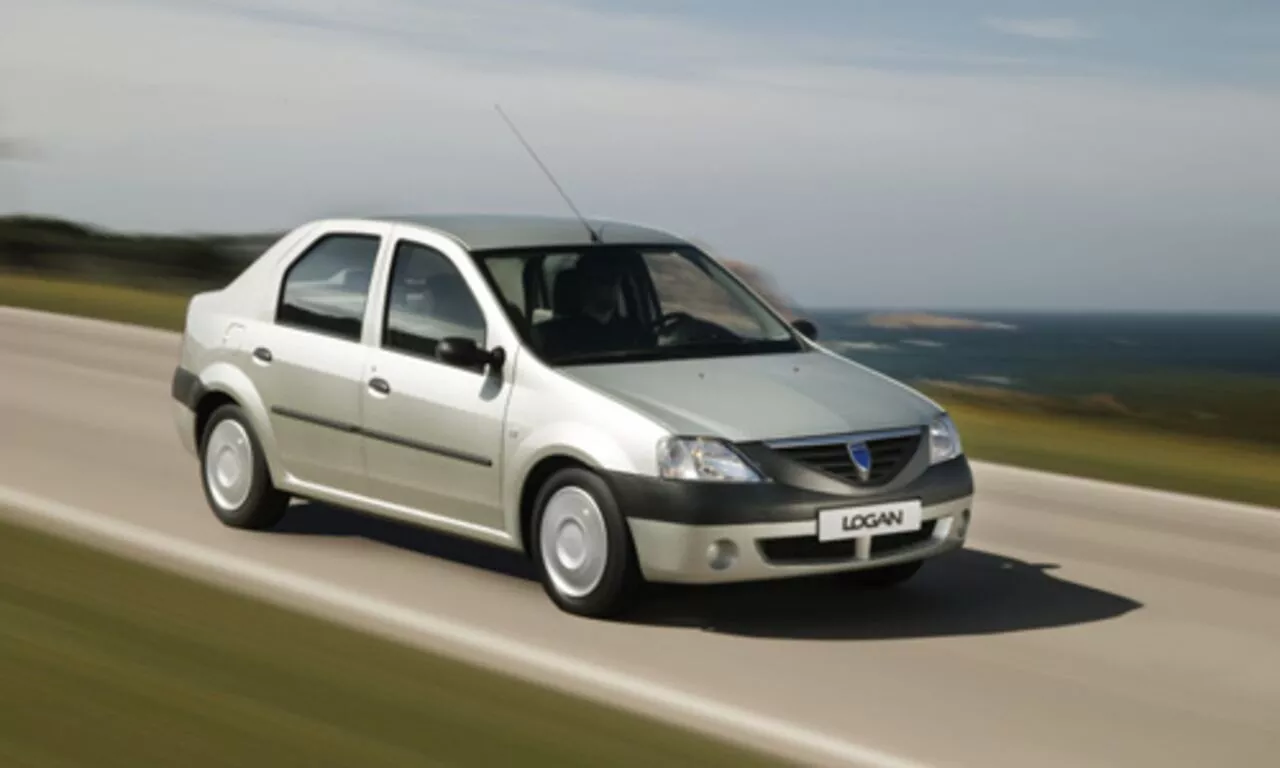
2004
Dacia launches the "Logan" family saloon in mainland Europe
The following year saw all production records broken, with Logan becoming not only the most successful Dacia model since the original 1300, but also one of the top selling cars in Europe and Russia. It was also sold as a Renault in many emerging markets, for example in South America.
Logan started off as a family saloon car but later expanded to include estate (Logan MCV) and pick-up versions in its range. Despite only commercialising the estate variants in the UK, Logan remains a key model in Dacia’s expanded and modernised range today.
2008-12
The expansion of the Dacia range
With the undeniable success of Logan, Dacia soon turned its attention to new segments of the market. A second vehicle targeting the globally competitive small hatchback market quickly became a reality. Sandero, developed on the same platform as Logan, was launched under the Renault branding in Brazil in 2008 to become the first Renault Groupe model to be introduced outside Europe. Its European debut followed several months later and the range was subsequently expanded to include an SUV-styled Stepway model.
In 2010, the jewel in the crown was launched: Dacia Duster. With a growing global trend towards SUV vehicles, Dacia’s flagship model took the Russian market by storm ahead of its global release under both the Dacia and Renault branding. At a time when pockets were being squeezed by the worldwide economic recession, Duster provided a unique value proposition in the SUV market. 2011 saw 340,000 new customers join the Dacia revolution, with a second factory opened in Somaca, Morocco, to cope with the demand. Other models followed in 2012, in the shape of Lodgy, Dokker and Dokker Van, completing the launch of a whole new range in just eight years.
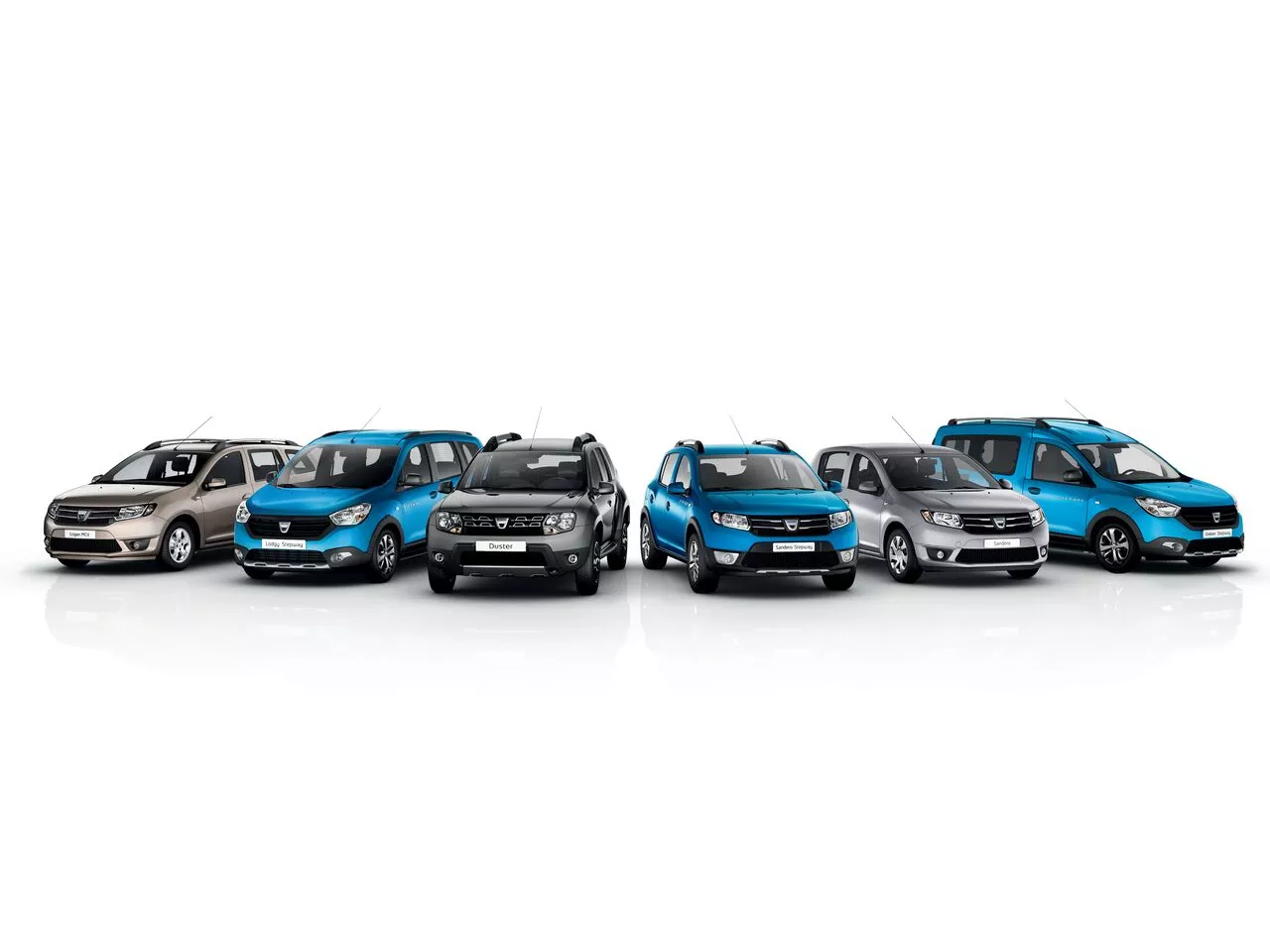
2018
New Duster model raises the bar for product quality in the budget segment
Having made its global debut at the Frankfurt Motor Show in September 2017, the new Duster model was launched in the UK in summer 2018. Building on the success of the first generation, the new model was improved and refined in almost every area but remained as versatile as ever and still “shockingly affordable”.
We promised a step change in design and product quality and the global recognition has confirmed it. In the UK alone, Duster has received prestigious awards from Parkers, Auto Trader, The Sun and Whatcar? as well as glowing reviews from its customers.
